I. PDF Bundles on Neocolonialism Incarnate
There exists a cottage industry for white prospective parents who wish to adopt children of color while maintaining their liberal bona fides. One parent, who adopted an Ethiopian girl and “a newborn African-American,” wrote an adoption think piece in which she announced that celebrating Kwanzaa was simply not enough — one has to “allow your child her story.” A company charges $65 for downloads of “a clear and simplified catalogue of information” for white adoptive parents. Two banded together to compose Inside Transracial Adoption, the “classic authoritative guide” for others who wish to incorporate a child of color into their family.
For parents to grapple with interracial adoption is certainly preferable to obstinate colorblindness. But talismans like books, guides, workshops cannot ward off the fundamental tensions of adoption between countries and races. The tension may be blunted but never banished. The power of a talisman is limited by the metaphysical order its god inhabits. In the cosmology of settler-colonialism, whiteness sits atop the pantheon. “However grieved I might be, I could not help,” said Hephaestus to Hera, the goddess of family. “For there is no standing against Zeus.”
We have seen that international adoption requires borders and empire. It demands an imbalance of wealth and power between nations rich and poor, an indebtedness paid in part by exporting goods and expelling children. International adoption demands borders for the border is the scene of the alchemical reaction by which a certain person of state is transmuted into another person belonging to another. Borders and empire are two of the conditions that adoptees require. Were it not for them we would be different people entirely. Were it not for them we would not exist.
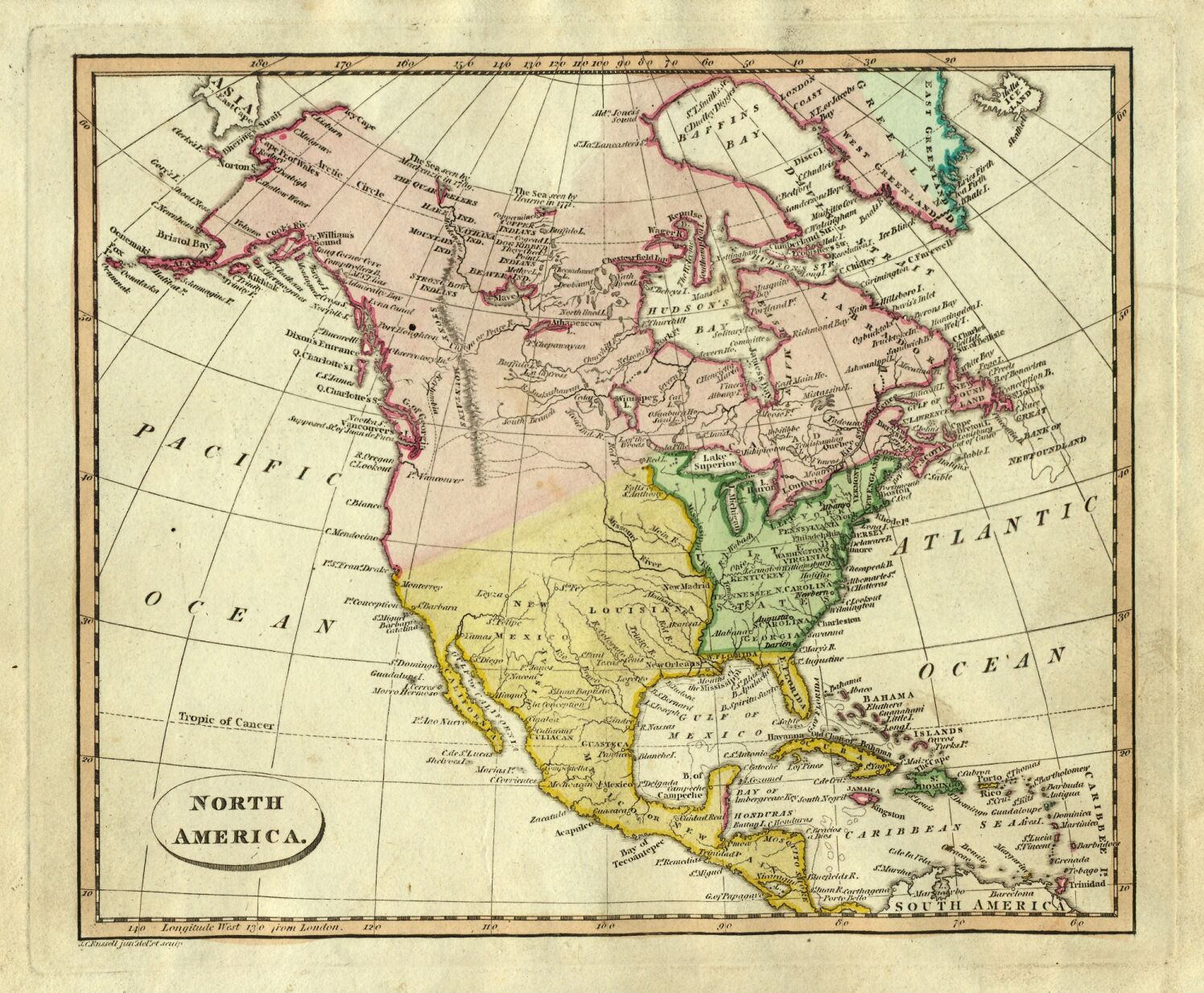
We are the border, the balance of payments, the war. We are a sphere of influence made flesh.
II. Draining the Aquifer, Scaling the Walls
But it is not really the nation that adopts us. We are not adopted by America in general but by a specific family within it. As these families are largely white, we are invited not only into the riches of American whiteness but into the hearth and home of one of its parts. The empire made us. The white family made us, as well. And the things that have made us may well make each other.
But the family resists analysis. It repels critique. Those who look inside risk seeming ungrateful or resentful, and those who have been brought from afar to be reborn American learn that for us, ingratitude is the worst of sins. The family resists analysis as if taking it apart in theory risked dismantling it in practice, as if such disassembly were the most dangerous thing of all.
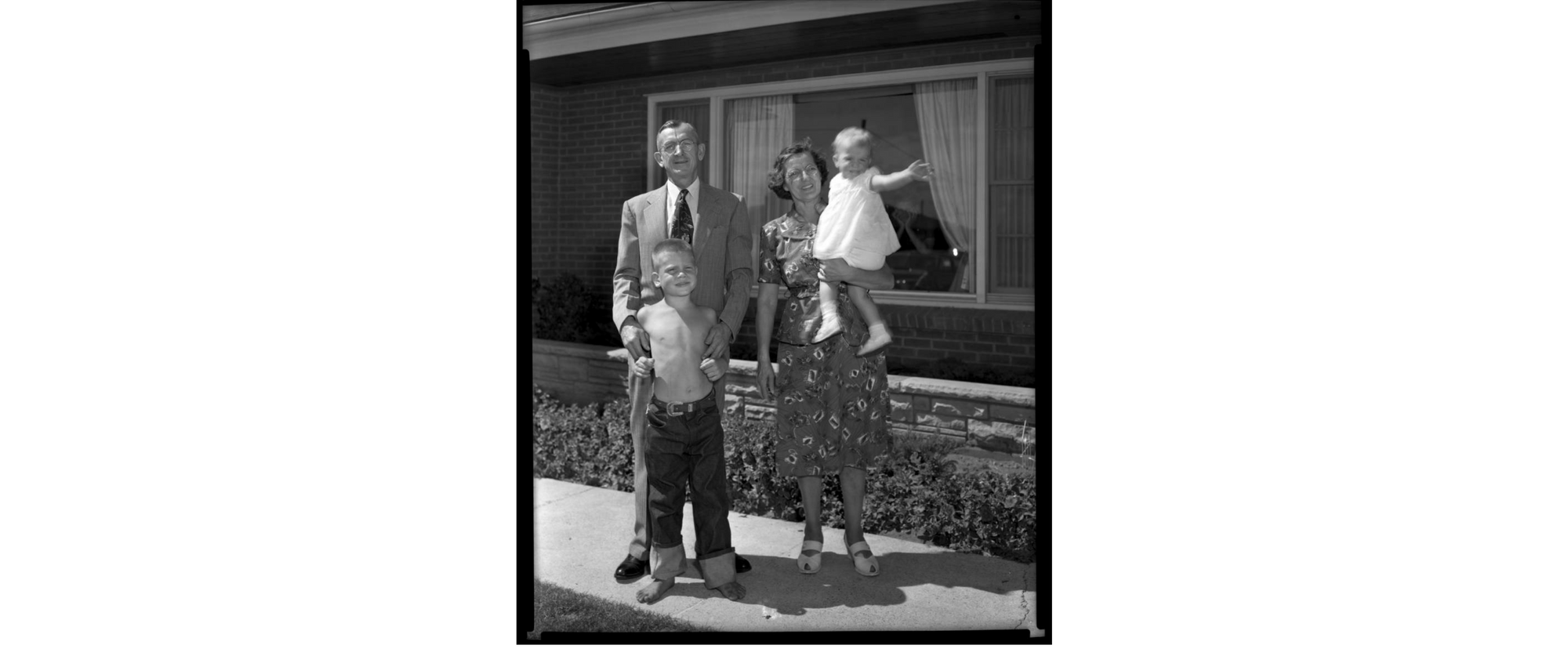
On some level, we believe that families in general are natural, and therefore before and apart from power and politics, and accordingly outside the realm of critique and change. We are in a family just as Shakespeare or Napoleon or Plato were in families that we imagine as more or less of the same kind as ours. There is no sense in criticizing immovable things. Nobody writes polemics against mountains.
The family, we understand, is the site not of power and history but sentiments. It is the home of love or frustration, of anger or care, of the overwrought miniature family-unit dramas this country adores. Just as mere emotional appeal in the public realm of politics seems crass, to think of the private realm of the family through the lens of power seems profane.
It is a profanation because we know that family, like romance or friendship or redemption, lives within a walled garden, the garden of natural and necessary and unchangeable things. Beyond the garden walls roam such vulgar beasts as stock prices, automobiles, the city of Cincinnati. We may analyze and argue over and take apart these low beasts of the open plain, for they drink of power. But the purpose of the garden’s walls is to withstand such critique. We think that the garden is a thing apart from the rest of the world, that its inhabitants, like the concepts of family and friendship, must always remain untrammeled and pure. They are not the vulgar beasts of the world with determinants and trajectories, histories and contingencies. They are walled off from critique because, we think, they are eternal.
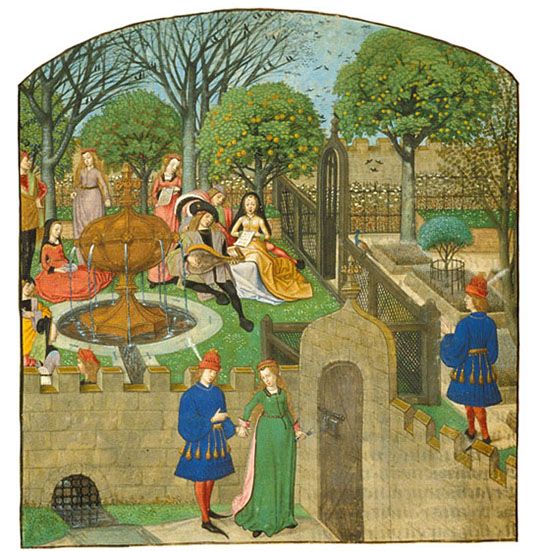
The secret of the garden is that power courses unimpeded beneath its walls. It is not apart from power; it is where power sinks the deepest.
The very unnaturalness of intercountry adoption, its conditioning by international treaties and nonprofit regulations and processing fees, beckons us to consider the unnaturalness and contingency of families in general. The American lives we adoptees now inhabit sprang not from marital passion but a maze of standardized forms. If such contrivances create the adoptive family, we might wonder what contrivances and machinations might lurk behind other families, too.
III. Armed Genealogy
It is worth recalling that when open military hostilities in the Korean War ended in 1953, interracial marriage was prohibited in most states. For over a decade after, there were states in which a white person was forbidden from marrying an Asian spouse but able to adopt an Asian child.
Anti-miscegenation laws are often understood to have prohibited unions between different races. This is not entirely accurate. The first plane of Korean adoptees touched down in Portland, Oregon, where state law read just a few years earlier:
That hereafter it shall not be lawful within this State for a white person or female, to intermarry with any negro, or any person having one-fourth or more Chinese or Kanaka blood, or any person more than one-Half Indian blood; and marriages or attempted marriages, shall be null and void.
Rather than prohibit marriage between races, state laws often restricted marriage between white people and anyone else. In Oregon, Chinese, Black, and Indigenous people were free to marry each other as they saw fit. The state intervened only in cases involving white citizens. The same was true in Virginia, home of the plaintiffs in the Supreme Court case that ruled such laws unconstitutional: Mildred Loving was alternately identified as Black or Native American, but her marriage to her white husband was in either case equally illegal. Marriage between non-white people of any race was not constrained by Virginia law.
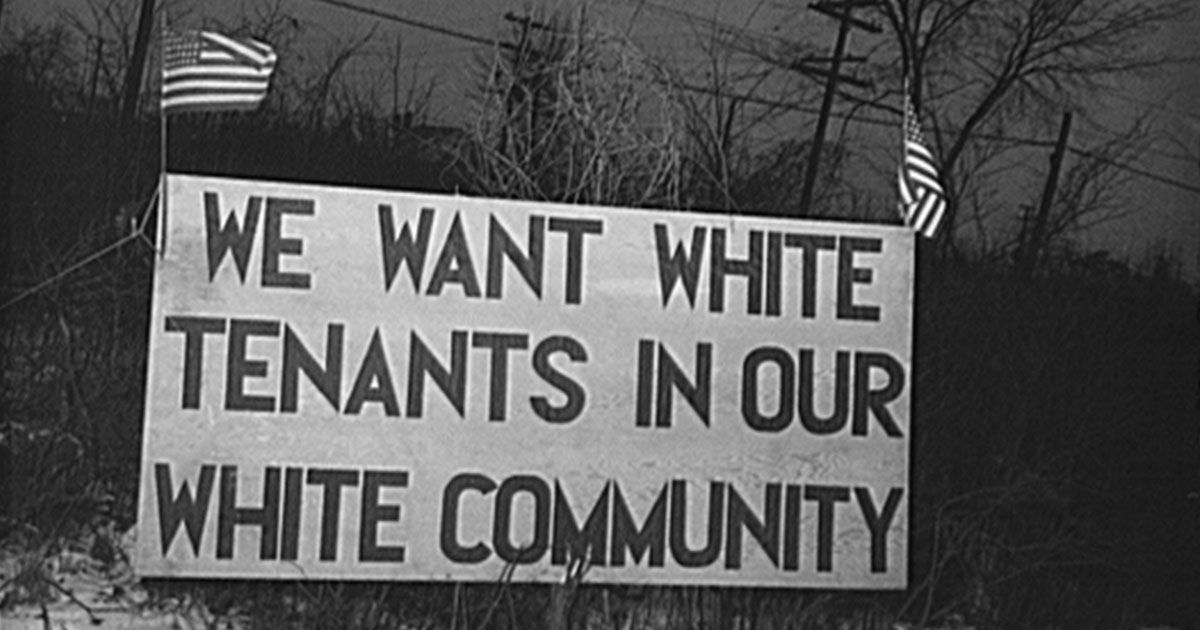
The aim of such legislation was to protect the white family. The white family in America has long been considered a precious thing, an exquisite thing priceless enough to kill for. It was defense of the white family that fueled segregation and lynching's and bombing of churches. A western genocide was required for the white family’s Lebensraum, the “living space” of the white nation, as were the racial covenants that walled off the suburbs.
A white person is, of course, a product of white parents. These white parents were the product of their white grandparents. If more than one of their great-grandparents were found to be non-white, the racial arithmetic of the one-drop rule would rule them not white, either. White families are important because they are factories for the production of more white people. White society protects the white family; the white family protects the white womb. The racial order in this country requires intergenerational white purity and reproduction. What frontiersman génocidaires and Klansmen instinctively knew is that the white family is truly American settler-colonialism’s most important possession.
IV. Colonial Fabrication
All of the Americas were colonized by those who would be considered, in contemporary racial terms, white. The rulers and settlers of New Netherland, British America, New France, and New Spain would all check the same box on a U.S. Census form. But only in the former British colonies have their descendants retained that original pale hue so perfectly.
We may measure the enduring power of the white American family by calculating the difference in skin tone between the descendants of the British American and Mexican colonial elites. In Mexico, the revolutionary government fashioned the mixture of Indigenous and Spanish ancestry into not a liability but a governing ideology: the superior Mexican raza cósmica, the cosmic race, could alone fulfill man’s destiny by virtue of its mixed heritage. While the Mexican state extolled the grandiose virtues of racial mixture, American scholars warned it would only create deformity and degeneration. “The bulk of medical opinion,” wrote one doctor in 1933, “is against hybridization between the Primary Races, and the best eugenic opinion is definitely against it.” The preservation of lily-white complexions across the centuries and generations speaks to the ongoing strength of the white family as political technology.
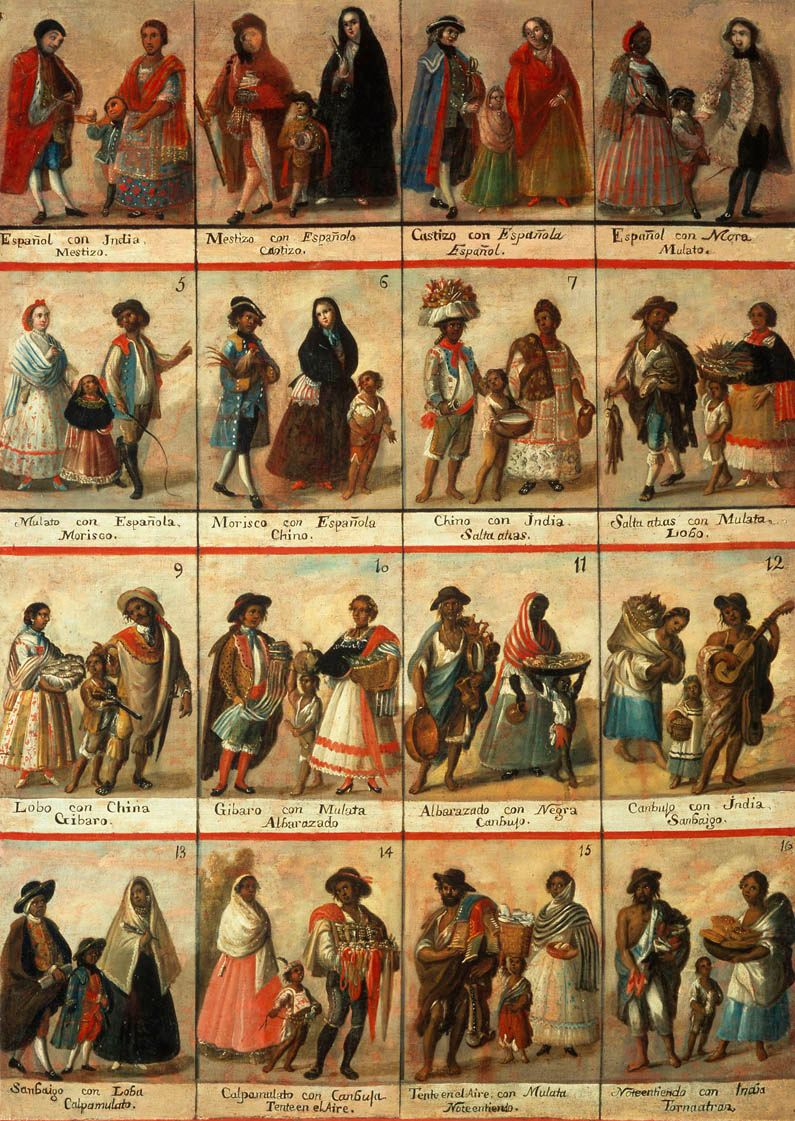
International adoption began at the moment where the United States found that white supremacy as explicit doctrine was beginning to outlive its purposes. The U.S. in part sought legitimacy as a post-war superpower from its role in defeating the Axis powers, so it was awkward that Nazi Germany had based its race laws on those of American Jim Crow. The U.S. sought the creation of what we now call a “rules-based international order” to counter the nations of the Warsaw Pact. It was therefore also awkward that American laws so clearly favored a white ruling caste as the American state sought allies in an era of decolonization.
It was within this context that international, interracial adoption appeared as a miracle of racial harmony, which was sort of the whole point. When that first Holt plane of adoptees touched down, Brown v. Board of Education was just seven months old and school desegregation would not be completed for years to come. The war in Korea was a military failure but the admission of its orphans was a moral and political coup.
V. To Be Inside, Apart, Polluted
An integrationist miracle in the racial order does not, however, mean that that order has changed. “The things which God does beyond the order of nature are not contrary to nature,” as St. Aquinas said. The course of nature continues after the miracle subsides.
The adoptee enters but does not resolve a fundamental contradiction of American whiteness: its jagged synthesis of separatist particularism and overbearing universalism. Whiteness is a fiercely guarded private possession, its family walls and housing communities and lines of descent crossed at one’s own peril. Whiteness is a particularly exclusive gated community within the racial order. But it also excludes itself from the same order, claiming to be not one race among many but an objective, universal standard within a sea of deviance. To be white is to be normal at the same time as whiteness is a precious possession set apart. The transracial sits at the fulcrum of this essential contradiction.
We are raised in a white family which violated its own conditions of existence by admitting us: the particular made universal. But we find everywhere that its particularism rises from the grave. The white family drags its ghosts along behind it, the remnants of a militant exclusion which protected its whiteness until our arrival. We have been cast in a role where we fit none of the scripts. We grow up on a diet of cultural products and family lore in which none of the characters are like us. We half-comprehend that we are only so dramatically Other because of a purity wrought through generations of blood. We turn away from the horror. We ruminate on belonging.
The white family was protected not just by law but by social and medical doctrine and practice. There is a whole society that produces it. Though rates of interracial marriage have steadily climbed since Loving v. Virginia, it remains the case that today they are just one in ten marriages. The share of white people in such unions is in fact in decline. The point is not to promote such couplings but to point to their objective rarity. The white family as factory, as technology, as object with a certain use continues to produce and reproduce itself over and over as it has for centuries.
VI. Where Did We Come From / Where Do We Go
When we think about whiteness, sometimes we go big: whiteness as swelling populations and expansive continents. But often, we go small. We think of whiteness as a set of exemplary individuals: suburban dad, coffee shop Karen, rural bigot, mall goths. When we fashion whiteness as a collection of singular characters, everyone wriggles away because nobody ever really fits entirely within a trope. That person yelling racial slurs on video isn’t really like those other people yelling racial slurs in other videos because this latest person was subsequently laid off and might be queer and are, moreover, very sad and probably sorry. My white associates might, it’s true, be white, but not like those white people who are really white in a bad or embarrassing or vaguely problematic sort of way. There is always someone who fits the trope better, so accountability never finds its mark.
And when we consider Big Whiteness —the great global masses in the aggregate, the grand project of whiteness, the numberless multitudes keeping the song “Cotton-Eyed Joe” (in both its folk and Eurodance iterations) in circulation — everyone escapes as well. Cue one of a thousand earnest acknowledgements that someone is, as if we did not know, a White Person, and that they recognize that they have (again, as if we did not know) White Privilege, and that though they may not know exactly what to do with that knowledge, they clearly expect adulation for having formulated that phrase all by themselves (which they, in fact, did not). The reason Caucasity Acknowledgements often lack even the smallest commitment to subsequent action is because the speaker hopes that their millions of white peers dilute their responsibility to do anything to the point that sincere demographic self-identification may suffice.

Responsibility requires interrelations. Our investigation into the intermediate realm of the white family through the lens of adoption was an attempt to think some of these through. There is a world of formal and informal social organizations and institutions larger than the individual racist fanatic yet smaller than a population or nation-state. They are often thought banal and apolitical; they are anything but. We all belong to many. Insofar as they are all sites for the reproduction of a class and racial order, they may all be sites of struggle. Just as in the family, we should be skeptical of anyone who says that admission is ever enough to count for justice. Entry does not suffice. You fight or you don’t.
We carry the border through the heart of the empire. The purpose of any frontier is to cut things in two.

Comments powered by Talkyard.